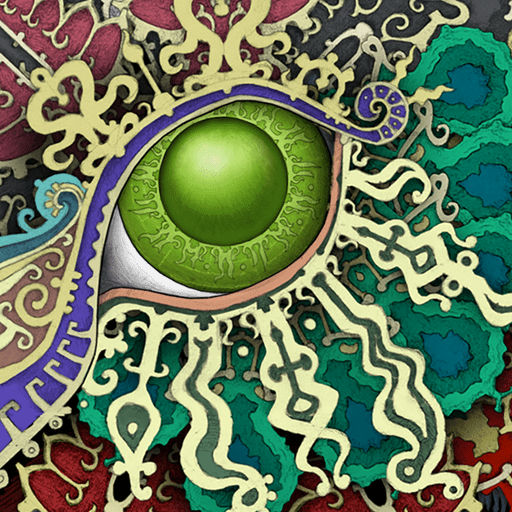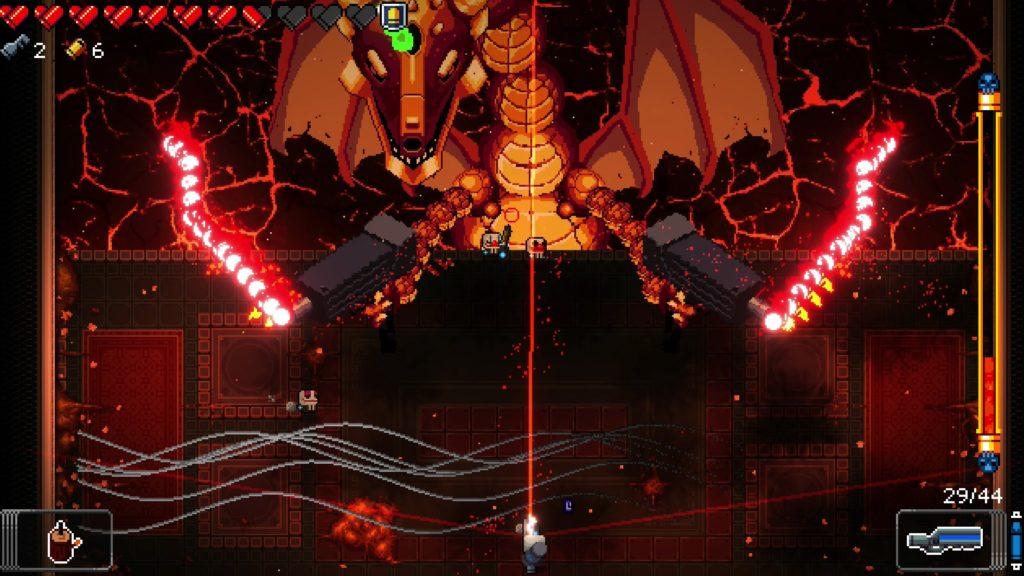Gorogoa
Gorogoa is a puzzle game made by Jason Roberts released in 2017. Jason spent 5 years developing the game and it was one of his first real games he ever made.
The puzzle mechanics in Gorogoa are much more literally puzzle-like than I expected. The game consists of manipulating and connecting illustrated panels to solve puzzles and progress the story.
The core mechanic involves zooming in and out of scenes to discover new details and interactions. For example, zooming in on a bookshelf may reveal a hidden doorway. The ability to examine the intricate, hand-drawn artwork up close makes the experience feel tactile and immersive.
Another key mechanic is the ability to overlay and combine different panels to create new scenes and solve puzzles. Dragging one panel onto another might extend a path or form a complete image. This encourages the player to experiment and discover surprising connections. It’s extremely satisfying when two seemingly unrelated panels suddenly click together.
The panels also act as windows into different times and spaces within the strange world of Gorogoa. A scene might transition from day to night, or seasons might change as you zoom in. This creates a sense of time and place shifting in a surreal, dream-like way as you navigate the puzzles. The fascinating and enjoyable experience of overlaying panels to enter new scenes has the compounding benefit of allowing the player to explore and see new things, keeping the game interesting and new at a refreshing pace.
Progression requires a combination of exploration, observation, and lateral thinking to determine how the panels relate to each other. The puzzles are cleverly designed so that the solution often emerges naturally from playing with the mechanics. Solving them delivers an “aha!” moment as the pieces fall into place.
One particularly noteworthy aspect of Gorogoa is its wordless storytelling. The game has no dialogue or text, yet still manages to convey a profound narrative through its imagery and puzzles alone. Recurring motifs like a boy, a fruit, and a mysterious monster invite interpretation without providing easy answers.
/cdn.vox-cdn.com/uploads/chorus_asset/file/9865563/Gorogoa_Final_7_preview.png)
The hand-drawn art style is breathtaking, evoking the aesthetic of Chris Van Allsburg’s surreal children’s book illustrations. Poring over each panel feels like studying an exquisitely detailed painting. The fact that the artwork is integral to the gameplay makes it all the more impactful.
As discussed by Brendan Reeves in another blog post on Mechanics of Magic, Gorogoa’s sound design also deserves a mention. The ambient music and sound effects subtly enhance the mood, from tranquil wind chimes to eerie creaks and groans. The audio cues provide gentle feedback as you experiment with the panels, adding to the endless allure of the game.
Overall, the hands-on puzzle box mechanics make Gorogoa a very memorable gameplay experience— perhaps one of my favorites thus far. The tactile interaction, beautiful artwork and scores, and shifting perspectives all contribute to a feeling of directly engaging with an intricate clockwork story. Gorogoa reimagines the puzzle genre by turning its mechanics into a means of storytelling.




